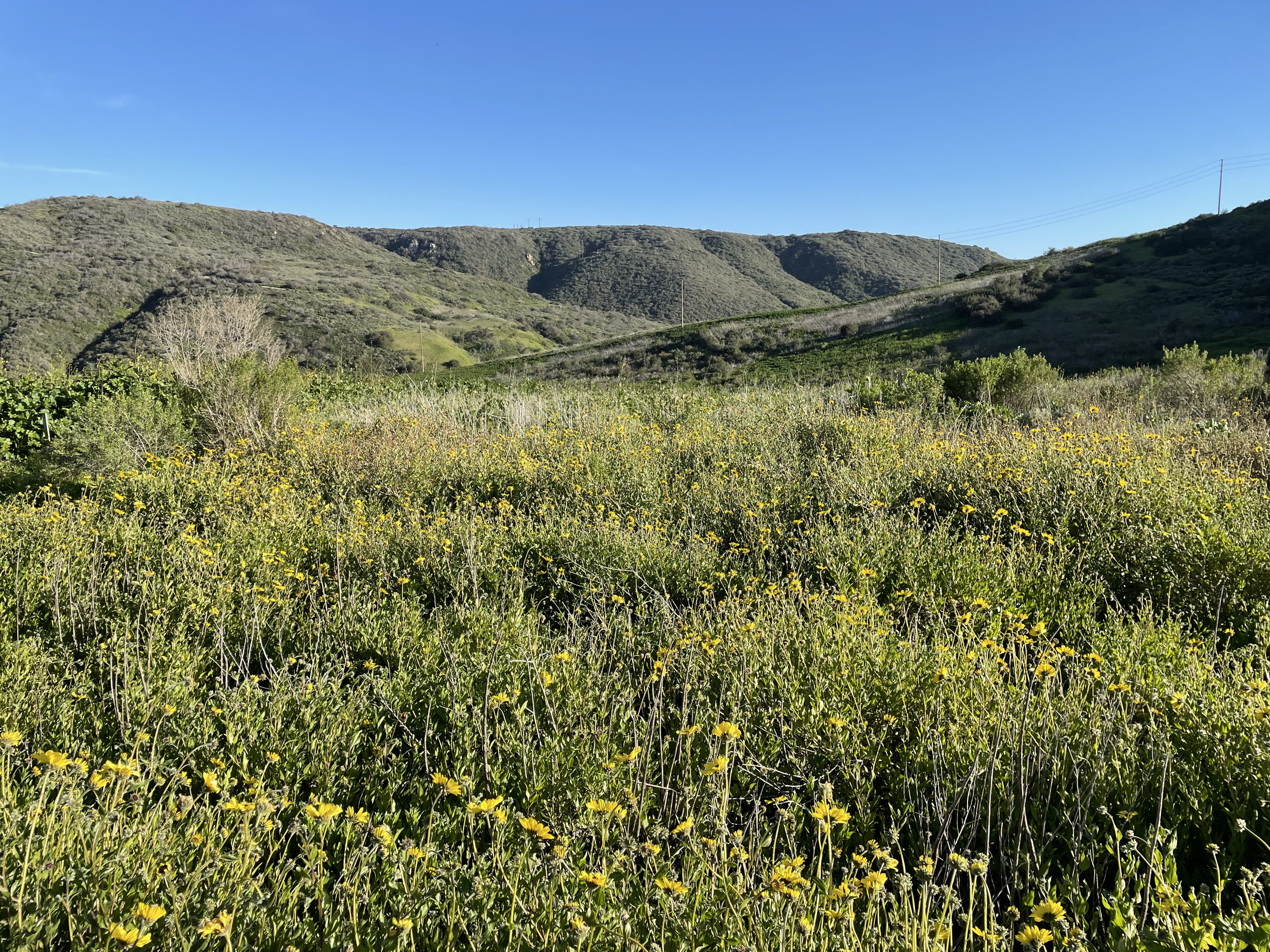Biodiversity Conservation Grants Support Projects on Public Lands Within the California Floristic Province
The National Environmental Education Foundation (NEEF), with major support from TMNA, administers the Biodiversity Conservation Grant program, which is designed to support biodiversity conservation projects on America’s public lands.
In 2021, TMNA provided NEEF with $220,000 for two-year grants awarded to four nonprofit organizations that conducted biodiversity conservation projects on public lands within the California Floristic Province ecological region.
With an area of approximately 113,438 square miles, the California Floristic Province includes 70% of California and extends into southwestern Oregon, a small part of western Nevada and northern Baja California, Mexico. The area is designated a hotspot, meaning it is home to a high diversity of endemics – plants and animals that are found nowhere else in the world.
This area is also considered a hotspot because its biodiversity is seriously threatened – only 25% of the original vegetation of the hotspot remains in more or less pristine condition.
The grant funds were used to help preserve the region’s unique biodiversity as well as engage the public through volunteer and community events designed to educate and address local biodiversity issues.
The four biodiversity conservation grants within the California Floristic Province generated the following impacts between 2021 and 2023:
- 754 acres of land impacted
- 6.6 million sq. ft. of invasives removed
- 9,419 native trees, shrubs and flowers planted
- 127 volunteer events hosted
- 1,247 volunteers engaged
- 24 sites being monitored
- 98 native species impacted
- 10 threatened/endangered/vulnerable species impacted
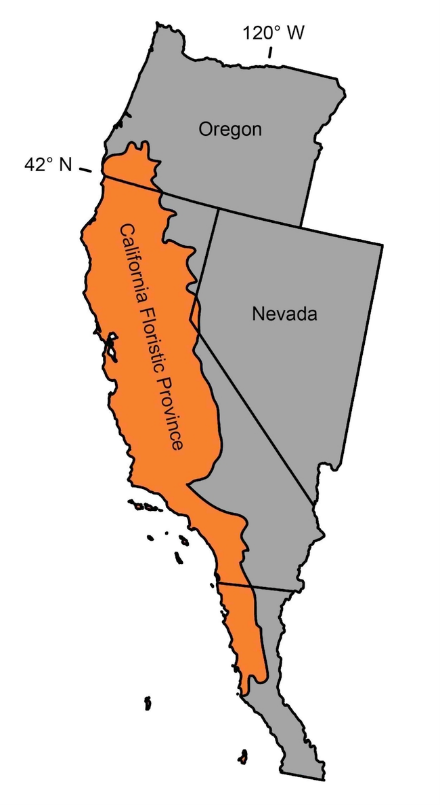
Restoring Native Habitat and Saving the Most Endangered Butterfly in North America
Abalone Cove Ecological Reserve in Rancho Palos Verdes, California, is home to four special status species: the threatened California gnatcatcher, species of special concern the cactus wren, and two federally endangered butterflies – El Segundo blue butterfly and Palos Verdes blue butterfly. The Palos Verdes blue butterfly is believed to be the most endangered butterfly in North America. Abalone Cove’s primary habitat, coastal sage scrub, is 85% degraded or destroyed and is considered one of the most endangered plant communities in the United States.
The Palos Verdes Peninsula Land Conservancy, with the help of volunteers who gave over 1,000 hours of their time, planted nearly 7,000 native plants, installed drip irrigation to properly water drought-tolerant plants and removed 43,560 square feet of invasive species. Additionally, scientists collaborated to release federally endangered Palos Verdes Blue butterflies into the project location. The restoration was essential to the health of the released butterflies.
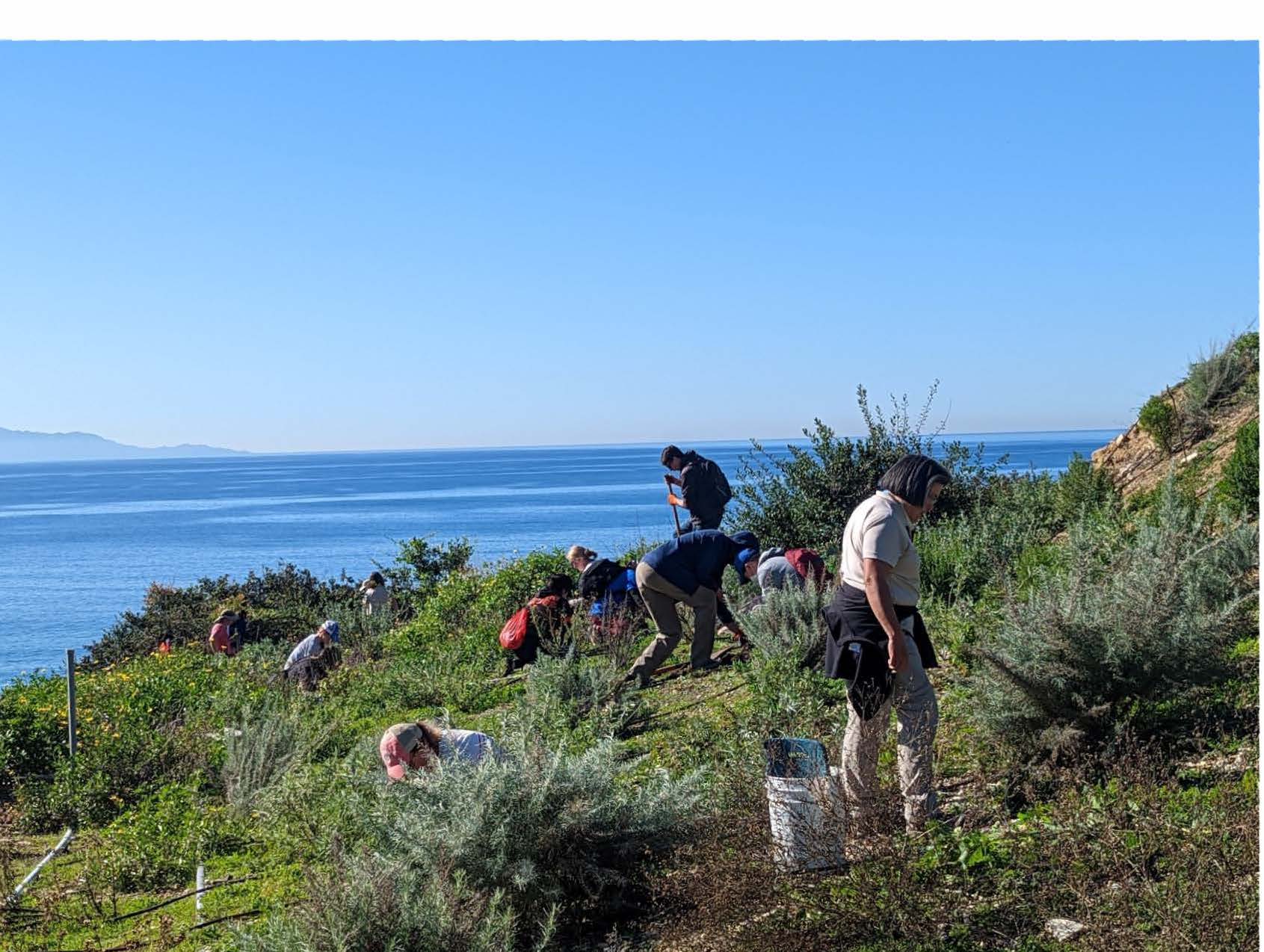
Protecting the Declining Aspen Population
Tahoe National Forest in California is home to approximately 300 acres of intact aspen stands, which provide habitat for over 60 native plant species, over 20 different native bird species and an estimated 139 butterfly and moth species. Aspen stands have been in significant decline since the 19th century, mainly due to over-browsing by cattle and over-topping by conifers.
The South Yuba River Citizens League (SYRCL), with the help of local high school students, impacted 551 acres in the Yuba River watershed by installing over 1,600 feet of cattle exclusion fencing. Also, they monitored aspen stand health using camera traps and assessment protocols and removed invasive species.
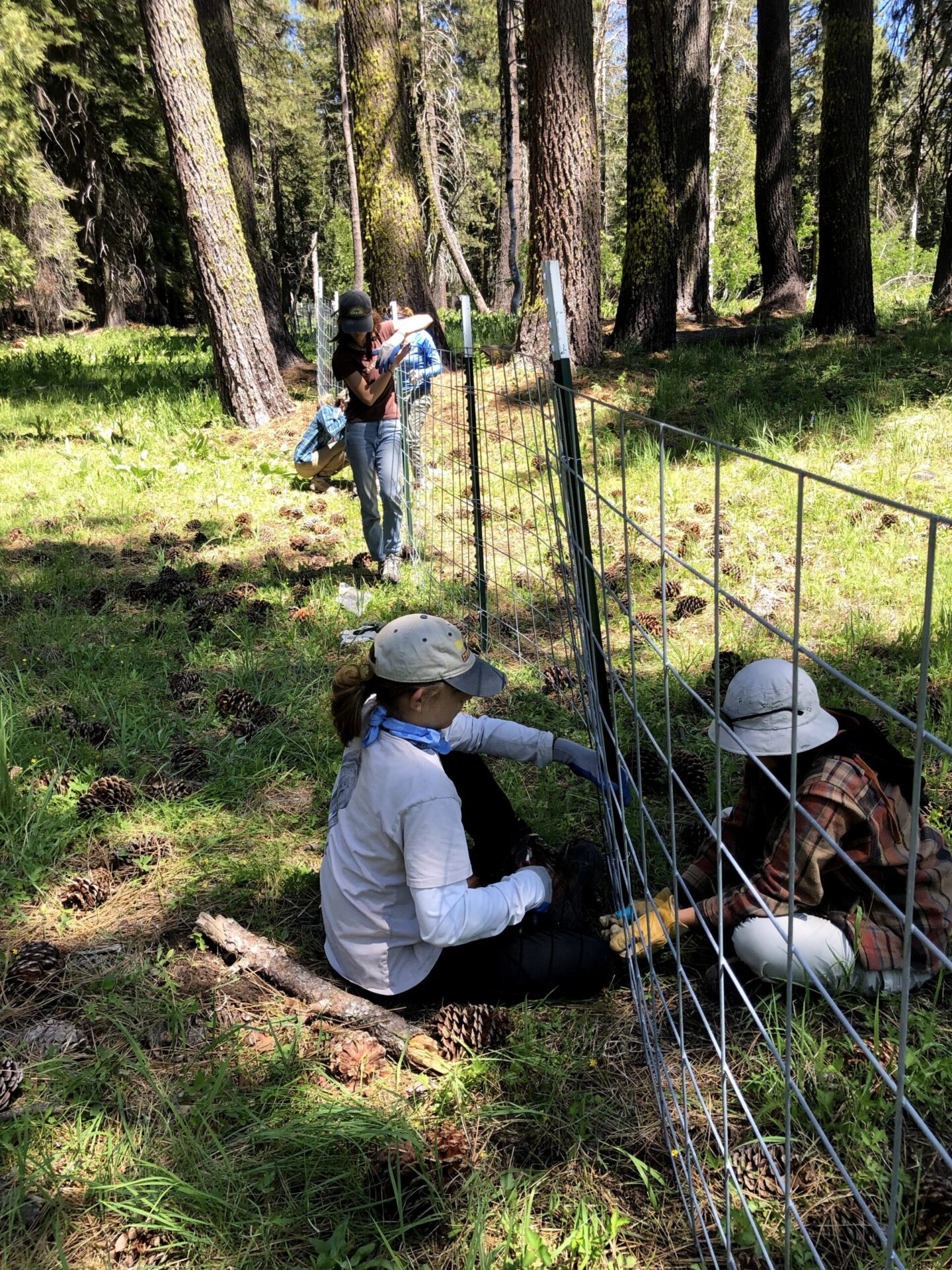
Improving Bio-Rich Grassland Health by Removing Invasive Species
The Edgewood County Park and Natural Preserve in San Mateo County is a biologically rich preserve home to a mosaic of habitats including grasslands, serpentine outcrops, oak woodlands and chaparral that support rare, endemic, threatened and endangered species of plants and butterflies, with an estimated 500 species of plants within just 467 acres.
San Mateo County Parks Foundation and Friends of Edgewood impacted 150 acres by removing 6.5 million square feet of invasive species, planting 146 pounds of native species seeds and launching the Trail Ambassador Program to improve visitor education. They achieved these accomplishments with the help of volunteers who gave over 28,000 hours of their time.
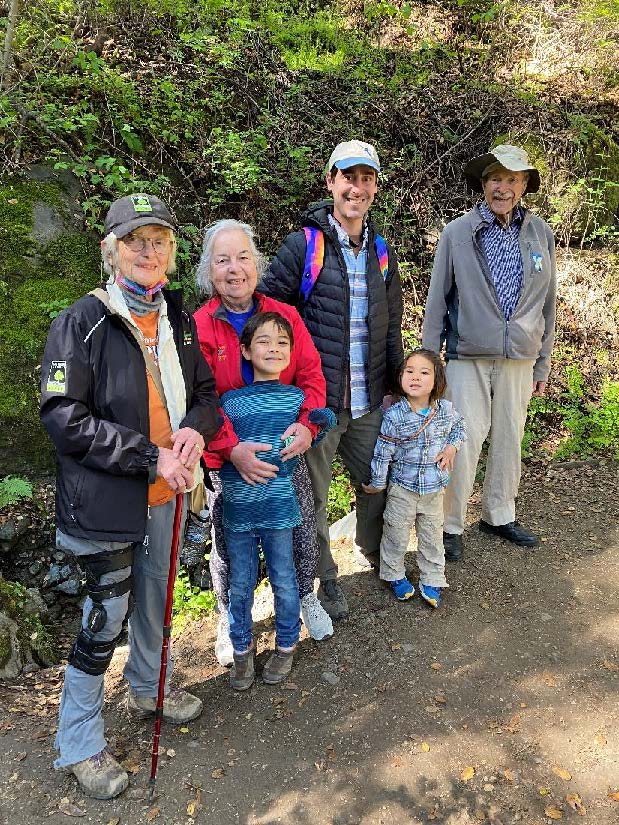
Reducing Fire Risk and Increasing Plant Diversity in Moro Canyon
Located in the center of Moro Canyon at the nexus of two major hiking trails, the site known as “the Bowl” has challenged California State Park restoration efforts since the 1990s. With a long legacy of disturbance resulting from decades of sheep and cattle grazing, the area has been type-converted over time from biologically diverse coastal sage scrub vegetation and perennial grasslands to biologically poor annual grasslands dominated by invasive Black Mustard.
Building on prior restoration work funded by the State of California, Crystal Cove Conservancy impacted 50 acres by removing nearly 85,000 square feet of invasive Black Mustard and planting 2,500 native trees, shrubs and flowers. Additionally, over 2,500 K-12 students participated in the Conservancy’s community science education programs at the Bowl site.
